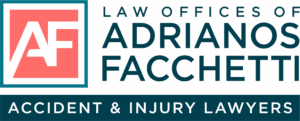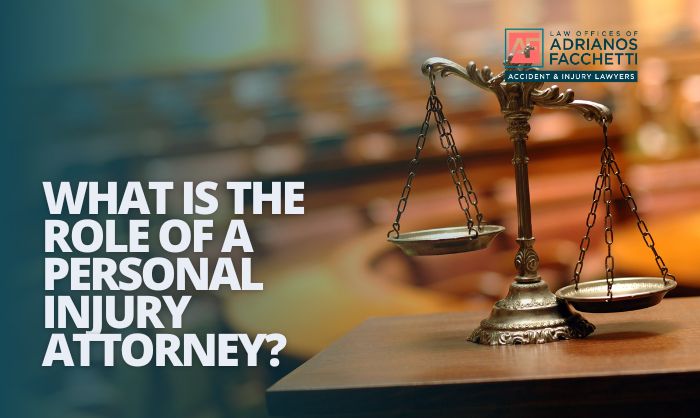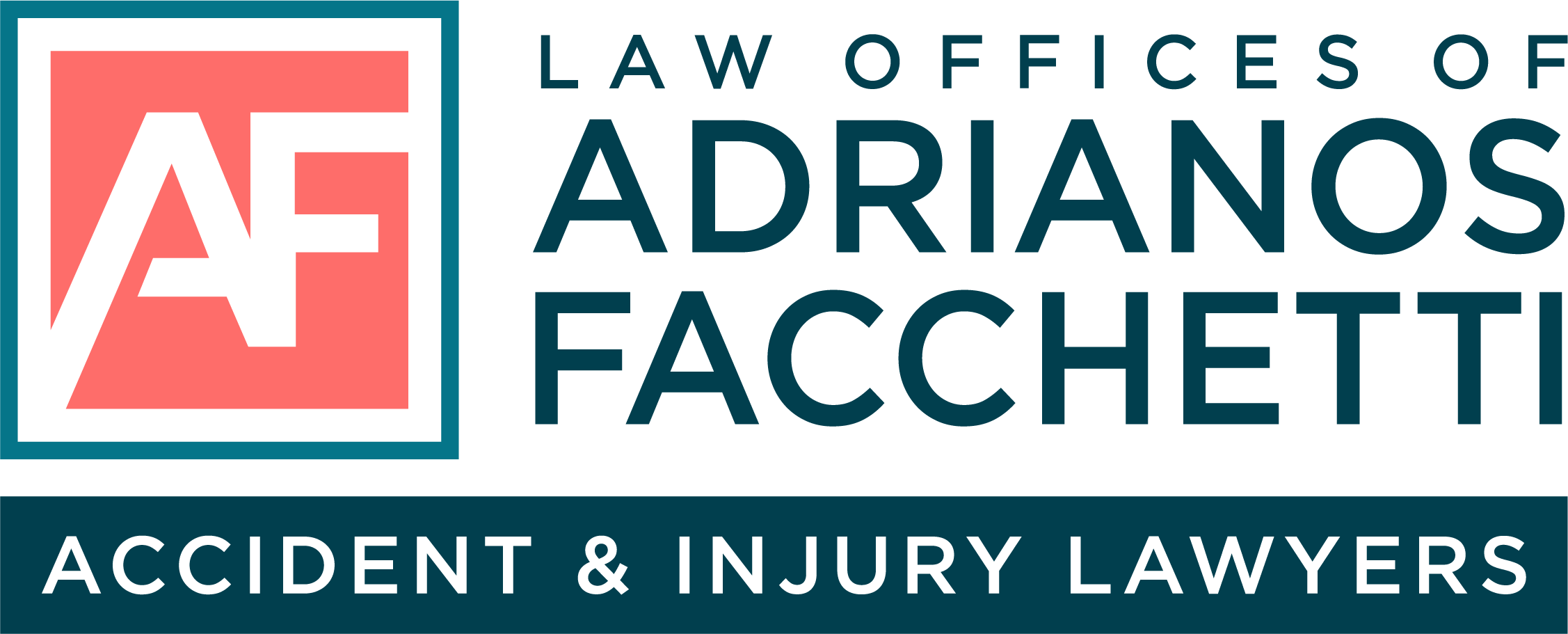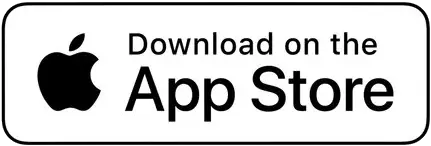You’ve probably heard all about speeding tickets but what about driving too slowly? Maybe you're cruising through a quiet neighborhood or feeling cautious on the freeway, and you catch yourself going 10 miles under the limit. Is that a problem? Can you actually get pulled over for it?

In California, the answer isn't always clear-cut. While most of us focus on staying under the speed limit, driving too far below it especially in the wrong lane or at the wrong time can be just as risky. And in some cases, yeah... it could get you a ticket.
This post will walk you through what California law really says about slow driving, how the basic speed law applies, what to watch for in residential areas, and when it's okay to take it slow. If you’ve ever wondered, “Is it illegal to drive 10 mph under the speed limit?” this is for you.
California Law on Driving Too Slowly
You might think driving slower than everyone else just makes you extra careful, but California Vehicle Code §22400 says otherwise. If you're going so slow that you're holding up traffic, especially on a busy road or freeway, you could be cited for impeding traffic. The law is about keeping things moving safely, not just avoiding speeders.
Picture this: You're in the fast lane on a multi-lane highway doing 45 in a 65 zone, and cars start stacking up behind you. Even if you're not doing it on purpose, that's a problem. The rule isn't about numbers it’s about flow. On roads built for faster speeds, going too slow can be just as risky as going too fast.
What Is the Basic Speed Law in California?
California’s basic speed law isn’t just about how fast you’re going it’s about driving at a speed that’s safe for the current situation. That means if it’s raining or foggy, slowing down is the smart move. But it also works the other way: if the weather’s clear and traffic is flowing, driving way under the limit might actually be unsafe.
Let’s say you're driving on a wide-open suburban road on a sunny afternoon, but you're doing 20 in a 40. You’re not breaking the posted limit, but you might be violating the basic speed law if you're creating a hazard or confusing other drivers. Safe driving isn’t about being fast or slow it’s about being smart for the moment.
How Far Below the Speed Limit Is Legal in California?
Here’s the thing there’s no exact number that says “this much under the speed limit is illegal.” So, is it illegal to drive 10 mph under the speed limit? Not necessarily. But it can be, depending on where you are and how it affects traffic.
Imagine driving 15 mph in a 25 mph residential area because you’re looking for an address. That’s usually fine. Now picture going 45 on a freeway where the flow is moving at 65. That’s when an officer might pull you over, especially if you’re causing a backup. The law gives room for judgment, but context matters and police will look at whether your speed is safe for everyone around you.
What Does “Impeding Traffic” Mean in California?
Impeding traffic in California isn’t just about going slow it’s about getting in the way of other drivers when there’s no good reason to. This is especially important in the left lane or on roads where there’s only one lane in each direction. If you’re creeping along while others are trying to keep up with the flow, and you don’t move over, you’re creating a problem.
Think of it like this: you’re on a two-lane highway doing 45 in a 65 zone, and a line of cars is building up behind you. Even if you think you're being cautious, you could still be cited for impeding traffic especially if you don’t use a turnout or switch lanes. California’s “Keep Right Unless Passing” rule means slower drivers should stick to the right and let faster traffic pass when it's safe.
Can You Get a Ticket for Driving Too Slow in California?
Yes, you can get a ticket for driving too slow, especially if you’re causing a backup or putting others at risk. Police don’t just watch for speeders they’re looking for anything that messes with traffic flow. If you're going far under the limit without a clear reason and you're holding up traffic, that can get you pulled over.
There was a case in Southern California where a driver going 40 in a 65 zone on the freeway was ticketed after ignoring multiple chances to let cars pass. According to CHP reports, the car caused nearly a mile-long backup and that’s exactly what officers watch for.
Slower driving isn't always safer. It’s about fitting in with the traffic around you while staying cautious. If you're unsure, ask yourself: Am I disrupting the flow or making it harder for others to drive safely?
When Driving Below the Speed Limit Is Acceptable
There are definitely times when it makes sense and is completely legal to slow down. If it’s raining, foggy, or smoke has reduced visibility, the law expects you to adjust your speed to match the conditions. That’s part of the basic speed law, which says your speed must be safe for what’s happening around you.
Let’s say you’re in a residential area early in the morning and there’s a school nearby. Even if the speed limit in residential areas says 25, you might slow to 15 because of kids crossing or buses pulling over. That’s not just legal it’s smart.
The same goes for construction zones, heavy traffic, or even following behind a slow-moving delivery truck. And in places like a parking lot, where the posted speed limit might be as low as 5 or 10 mph, slowing down is expected. In a city environment, you might need to continuously slow down and stop because of pedestrians, stop signs, or congestion that’s just part of driving safely.
Consequences of Driving Too Slowly
Most people don’t expect to get pulled over for driving slow but it happens more often than you’d think. California law (specifically Vehicle Code §22400) makes it clear: if you’re moving so slowly that you're holding up traffic without a valid reason, you could get a ticket.
But it’s not just about getting fined. Driving well below the flow of traffic can throw other drivers off. It raises the risk of rear-end collisions, especially on highways where folks aren’t expecting a car to be crawling along. And when traffic bunches up behind a slow driver, it can lead to risky passing or impatient drivers acting out none of which makes the road safer for anyone.
The bottom line? You don’t need to rush, but driving too slowly in the wrong place at the wrong time can create just as many problems as speeding.
Speed Limits in California Residential Areas
In most residential areas across California, the speed limit is 25 MPH, unless signs say otherwise. That might already feel pretty slow but it’s set that way to protect kids, pets, and pedestrians.
Still, going much slower than that without a clear reason can actually confuse other drivers. Say you’re driving 10 or 15 MPH on a calm, dry street with no one around it might seem like you’re just being cautious, but to others, it looks unpredictable. And unpredictability on the road is rarely safe.
Safe driving is about reading the situation not just sticking to the low end of the dial. In a neighborhood, that means keeping it slow, but not so slow that you’re disrupting traffic without a reason.
Tips for Driving Safely Without Slowing Down Traffic
If you’re someone who likes to drive carefully, that’s a good thing. But there's a balance between careful and holding up traffic. A few simple habits can help you stay safe without frustrating other drivers.
Stick to the right lane on freeways or multi-lane roads if you're driving slower than others. It's a small shift that makes a big difference letting faster cars pass without pressure. If you're on a single-lane road and you notice a few cars stacking up behind you, it’s a good idea to pull into a turnout or let them pass when it's safe. California law encourages that, especially on hills or winding roads.
Also, pay attention to how traffic is flowing. The posted speed limit is your guide, but your real focus should be on driving with the flow safely and calmly. It helps everyone around you feel more comfortable and avoids misunderstandings that lead to stress or road tension.
What to Do If You Get a Citation for Driving Too Slowly
If you got pulled over for driving too slow, it can feel a little confusing and maybe even frustrating. But try not to worry too much. These tickets are more common than people realize, and in a lot of cases, they can be challenged.
There are plenty of situations where going slow is reasonable. Maybe you had a medical issue and needed to drive carefully. Maybe there was thick fog on the road, or your car was acting up. Those are valid reasons, and they can be used to fight the citation if needed.
This is where getting some legal advice can help. If you’re in California, especially in the Los Angeles area, reaching out to a traffic attorney like someone at the Law Offices of Adrianos Facchetti could make a real difference.
Conclusion
Let’s be honest when most people think about driving safely, they assume slower is better. But that’s not always the case. Driving too slowly, especially in the wrong place or at the wrong time, can cause confusion, traffic issues, or even accidents.
So, is it illegal to drive 10 mph under the speed limit? Sometimes. It really depends on where you are and how your speed affects other drivers. If you’re in a quiet neighborhood with kids playing, going slower makes sense. But on a freeway where traffic’s flying by at 65, going 45 in the left lane could get you a ticket or worse, create a hazard.
Driving safely means staying aware of your surroundings, being respectful of the flow of traffic, and knowing when to adjust your speed. Whether you're behind the wheel in downtown LA or navigating a parking lot, the goal is the same: keep yourself and everyone else safe.
And if you’re ever unsure or end up in a tough spot, speaking with a Los Angeles car accident lawyer can help you sort it out. But more often than not, staying alert, driving defensively, and keeping the bigger picture in mind is what makes all the difference.














